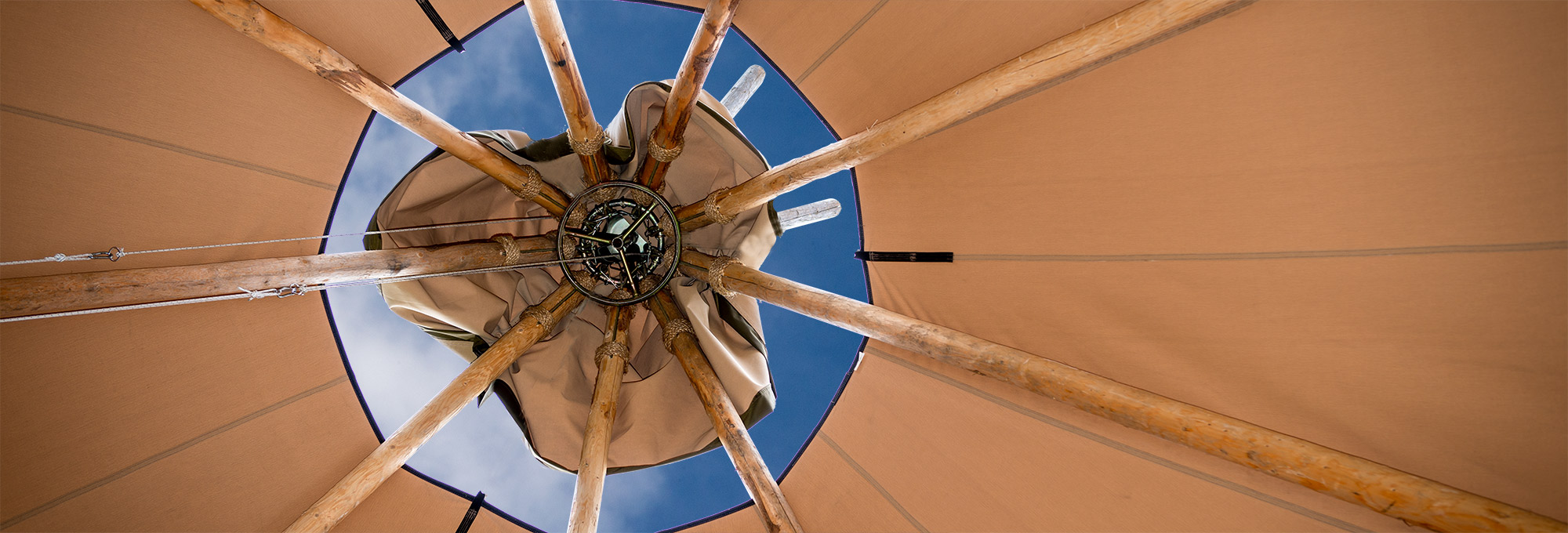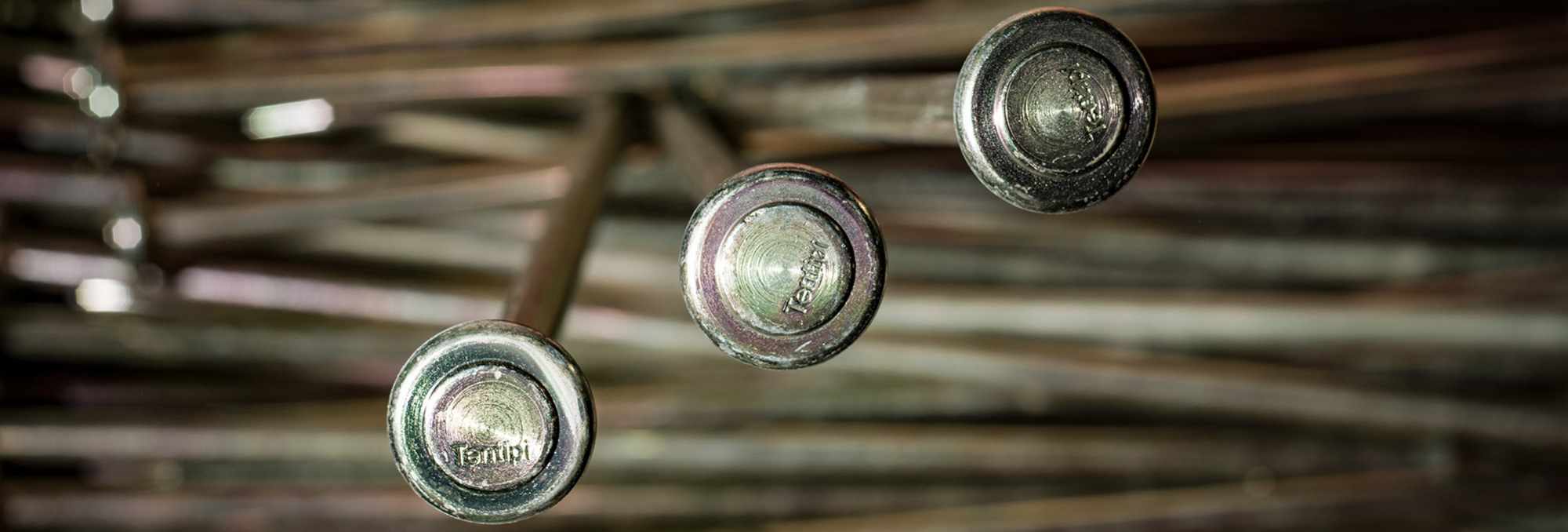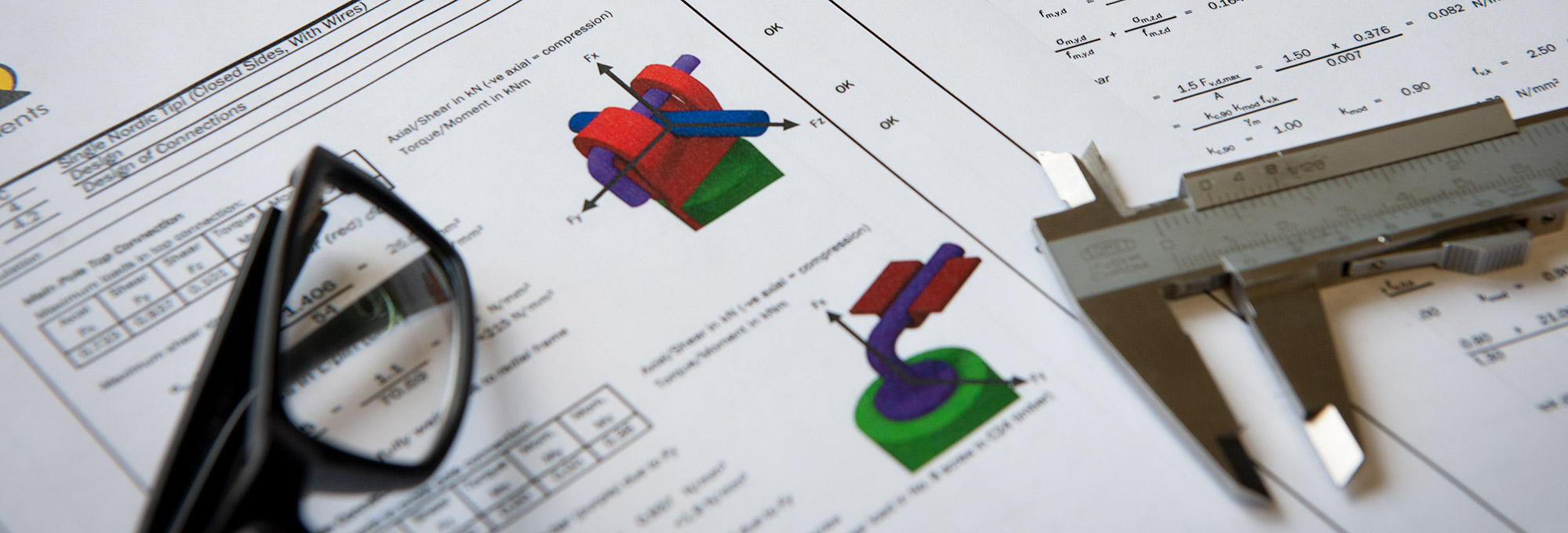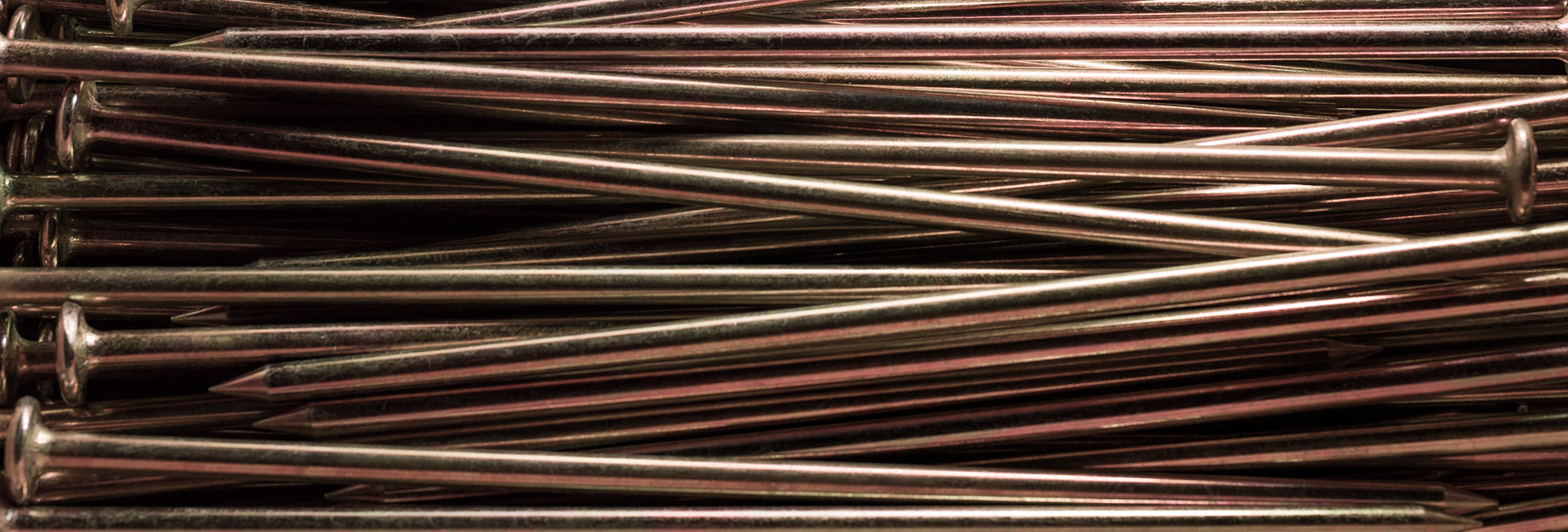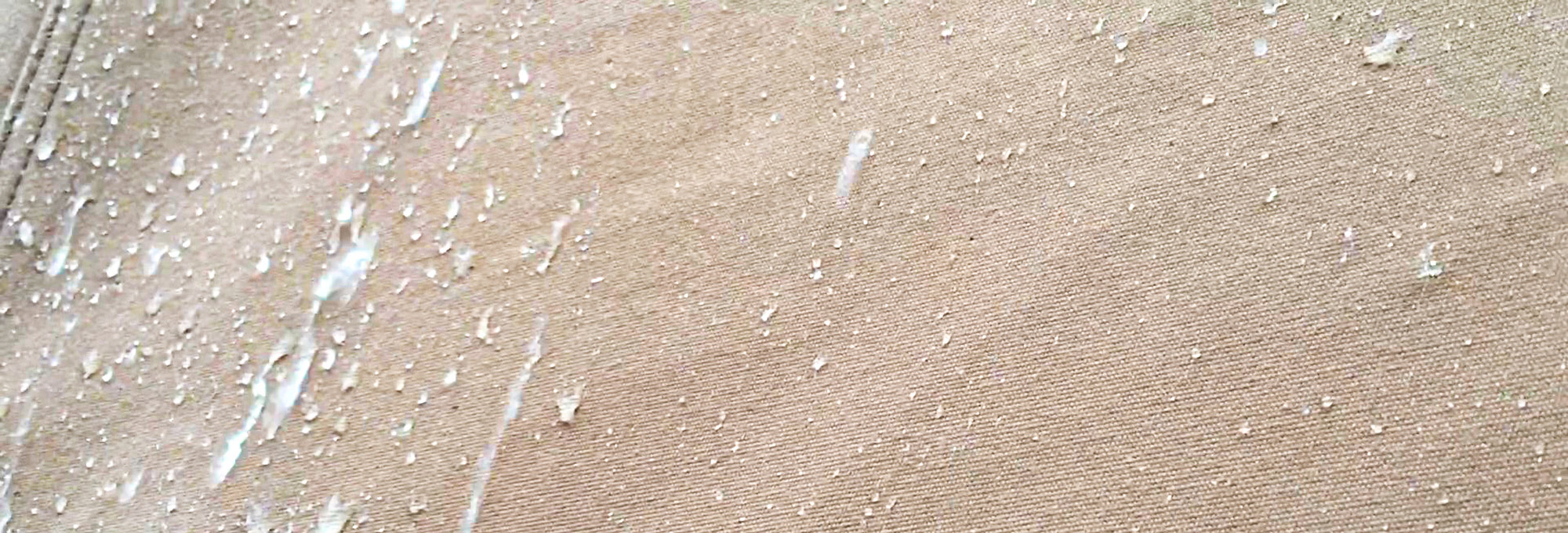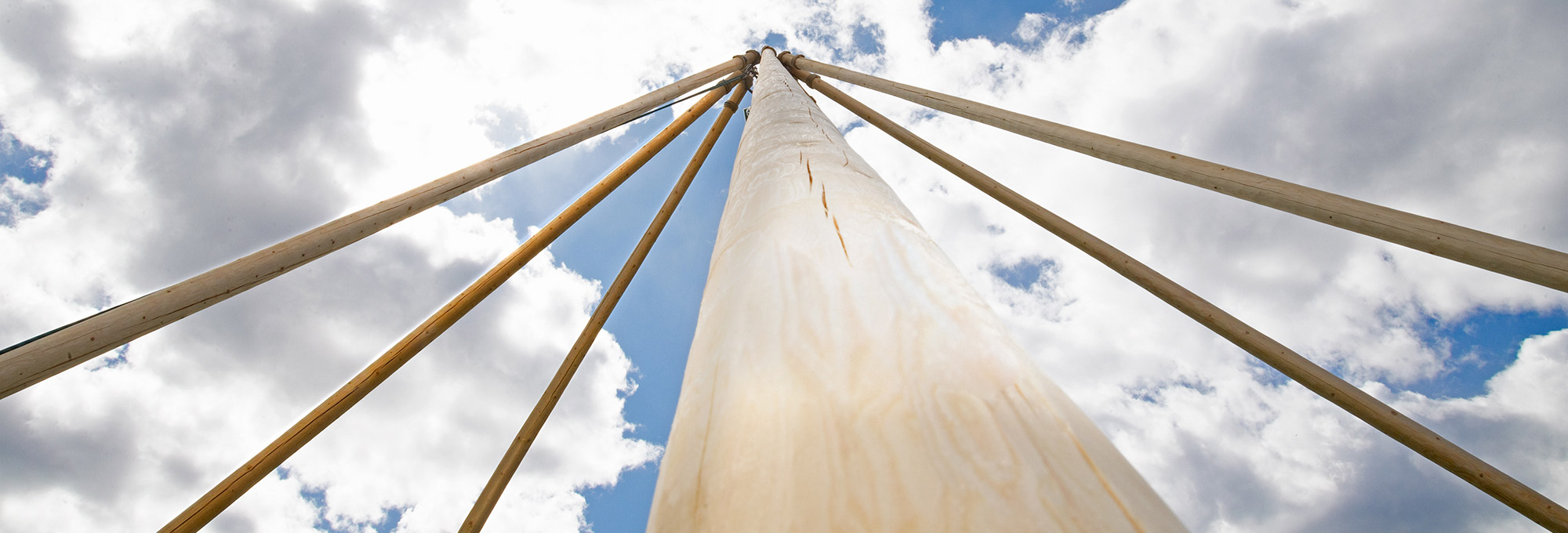Please choose your country or region so we can show you the most relevant content.
It looks like you are in United States? Accept
Africa
- Algeria
- Angola
- Benin
- Botswana
- Burkina Faso
- Burundi
- Cabo Verde
- Cameroon
- Central African Republic
- Chad
- Comoros
- Congo
- Côte d'Ivoire
- Djibouti
- DR Congo
- Equatorial Guinea
- Eritrea
- Eswatini
- Ethiopia
- Gabon
- Gambia
- Ghana
- Guinea
- Guinea-Bissau
- Kenya
- Lesotho
- Liberia
Asia
Australasia
Europe
- Albania
- Andorra
- Austria
- Belarus
- Belgium
- Bosnia and Herzegovina
- Bulgaria
- Croatia
- Czechia
- Denmark
- Estonia
- Finland
- France
- Germany
- Greece
- Greenland
- Holy See
- Hungary
- Iceland
- Ireland
- Italy
- Latvia
- Liechtenstein
- Lithuania
North America
Middle East
-
About
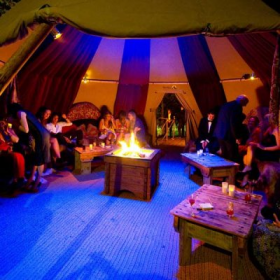
Title
Lorem ipsum dolor sit amet, consectetur adipiscing elit. Morbi feugiat nunc eu sapien ultricies, quis sodales augue tincidunt.
DETAILS
"Great products are defined by their details. When you are out there in the wind and the rain the details matter."
BENGT GRAHN – FOUNDER AND CEO OF TENTIPI


OUTSTANDING CANVAS TO KEEP THE RAIN OUT
Our custom made canvas took three years to develop. It has much better water repellent properties than the best off-the-shelf canvas we’ve ever found.

IN-TENT VENT™
Our In-Tent Vent ventilator cap is adjusted from inside the tipi, solving the issue caused by external smoke cap ropes - especially on linked tipis.

CANVAS ATTACHMENT POINTS
Both the Stratus and Cirrus 72s have two attachment points on each main pole. These 18 fixings are crucial for our structural calculations. They prevent rotation of the canvas on the frame and perform a vital function when sides are raised.

BAND PINS
When raising the sides of a Stratus our band pins firmly secure the roof poles to the main poles. There are three different sizes of band pins available to ensure that the poles are held tightly together.

SECONDARY POLES
Both the Stratus and Cirrus 72 are designed for use with 18 secondary poles when all sides are down. In high wind conditions it is very evident the crucial role they play in maintaining the stability of the tent.

FULL STRUCTURAL CALCULATIONS
Our calculations are produced by a firm of professional structural engineers specialising in temporary fabric structures. Sophisticated computer models ensure compliance to relevant Eurocodes.

LAB-TESTED TIMBER
Not all timber is equal. We lab-test our timber to measure its various characteristics and feed these figures into our structural calculations. The species of timber and the location in which it is cut are vital.

FIRE RETARDANT FABRIC
The fire retardant properties of the fabric do not degrade over time, so you won’t need to reproof or replace it to meet regulations. Our canvases are manufactured to comply with relevant international standards.

SEWN IN ONE PIECE
Rather than using the easier method of lacing, all of our tipi canvases are sewn in one piece. By doing so we avoid the leak risks associated with the lacing method.

AESTHETICALLY PLEASING POLES
Our de-barked poles have a beautiful natural look, avoiding any machining
or artificial staining common in processed timbers. Every pole is unique, as nature intended, an intrinsic part of the character of a tipi.

SUSTAINABLE TIMBER AND NO CHEMICALS
Due to its immense strength, the specific species of spruce we use for our poles does not require the use of unpleasant chemicals to prevent rot.

STAKES AND GROUND ANCHORS
Stakes cast in a single piece ensure the head can’t fall off. Ground anchors provide around 6 times the holding power of a single vertical stake.

Tentipi® is a registered trademark of Tentipi AB
Built on Zenario


